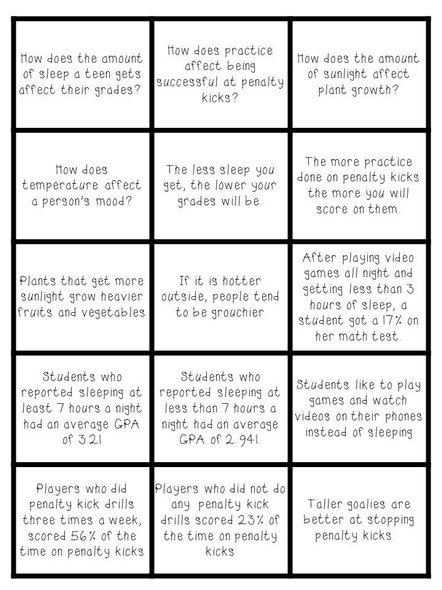Description
Investigating density to find the main metal in U.S. pennies. MS PS1-2 CER SE
These engaging activities (Word and PDF versions) allow students to gain a greater understanding of what density is and how it can be used to identify materials.
A review (or introduction) of mass, volume, and density is given including a short activity where students “discover” the formula for density.
This is followed by three stations where the skills and knowledge needed for the main investigation are practised or reinforced.
Students practise calculating densities and applying this information to determine the metal used to make three different rings.
Students are now ready to investigate what American pennies are made of (the main metal). They will make a prediction, and then take mass and volume measurements of the coins and a number of metals. If the metals are not available, data will be given for them. From the densities calculated, they should be able to identify the main metal used
They use the CER (claim, evidence, reasoning) structure to write their conclusion.
Easily obtainable materials are used for these activities (see list below).
All answers are given in the detailed teacher notes, including a rubric.
The science and engineering practices below are incorporated in this investigation:
Developing and using models.
Planning and carrying out investigations.
Analyzing and interpreting data.
Using mathematics and computational thinking.
Engaging in argument from evidence.
The Cross Cutting Concept is incorporated in this investigation:
Scale, Proportion, and Quantity:
-
Scientific relationships can be represented through the use of algebraic expressions and equations
Included in this resource:
Teacher slides (27 slides)
Detailed teacher notes (12 pages)
Printable student worksheets with activity instructions.(6 pages)
Sample answers for student worksheets including a rubric for the CER conclusion
Suggested materials needed:
American one cent coins
Paperclips
Balance
Graduated cylinders
Cube (could be made of plastic, metal, wood)
Large and small regular object made of the same material (such as a large and small piece of wood)
Copper, zinc, aluminum cubes (if not available: substitute pictures and density data)
Email any questions you have with subject line “Questions on What is the main metal used to make American pennies ” to us at engagersinscience@gmail.com and we’ll be happy to answer them
Other teaching resources for sale in our Engagers in Science store can be accessed by using the link below:
https://ampeduplearning.com/teacher-contributor-stores/science-contributors/engagers-in-science/


























